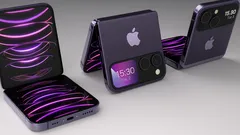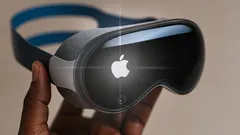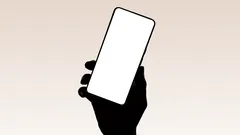175
2
4 minutes
Suggested Articles

Apple’s Compact Foldable iPhone Leak Hints at a Game-Changing Design
Discover why Apple's upcoming foldable iPhone may be much smaller than Samsung's Galaxy Z Fold 7. Explore new design trends in foldable smartphones and what it means for users seeking compact innovation.

Apple Vision Pro Signals a Game-Changing Shift in Everyday Tech Life
Gadgets & Reviews

Parents and students unlock affordable learning as TVs become computers in every home
AI & Everyday Tech

AI Is Revolutionizing Creative Careers—Here’s How Americans Are Thriving
AI & Everyday Tech

Unlock the Power of Exponential Growth and Outsmart Rapid Tech Shifts
AI & Everyday Tech

After Google’s massive fine, Android users rush to iPhone for privacy
Online Safety & Privacy

Transform your Android home screen with these folder organization tips
Smartphones & Apps

How chasing infinite energy forever changed nature and the American West
AI & Everyday Tech

New Energy Labels Make Choosing Eco-Friendly Gadgets Easier Than Ever
Smartphones & Apps

Garage dreamers transform rusted harvesters into show-stopping classic cars
Gadgets & Reviews

Playing video games together strengthens relationships and sparks real connection
AI & Everyday Tech

Tech leaders embrace waste-to-carbon solutions as Microsoft bets big on green AI
AI & Everyday Tech

Travelers and campers embrace portable backpack laundry tech for freedom and clean clothes anywhere
Gadgets & Reviews

Sleep experts champion a smart anti-snoring belt for restful nights and healthier mornings
Gadgets & Reviews

Drivers use Google Maps and Waze to avoid fines but risk safety trade-offs
AI & Everyday Tech

App lovers seize this week’s best free premium downloads before time runs out
Smartphones & Apps

GeForce RTX 4000 owners unleash ultra-smooth gaming with NVIDIA’s AI-powered Smooth Motion
AI & Everyday Tech
 W3 CodeCraft
W3 CodeCraft

Comments